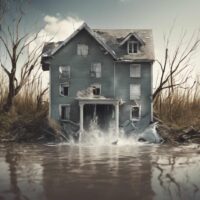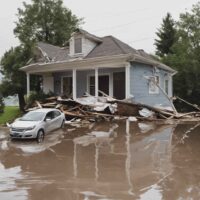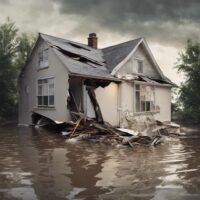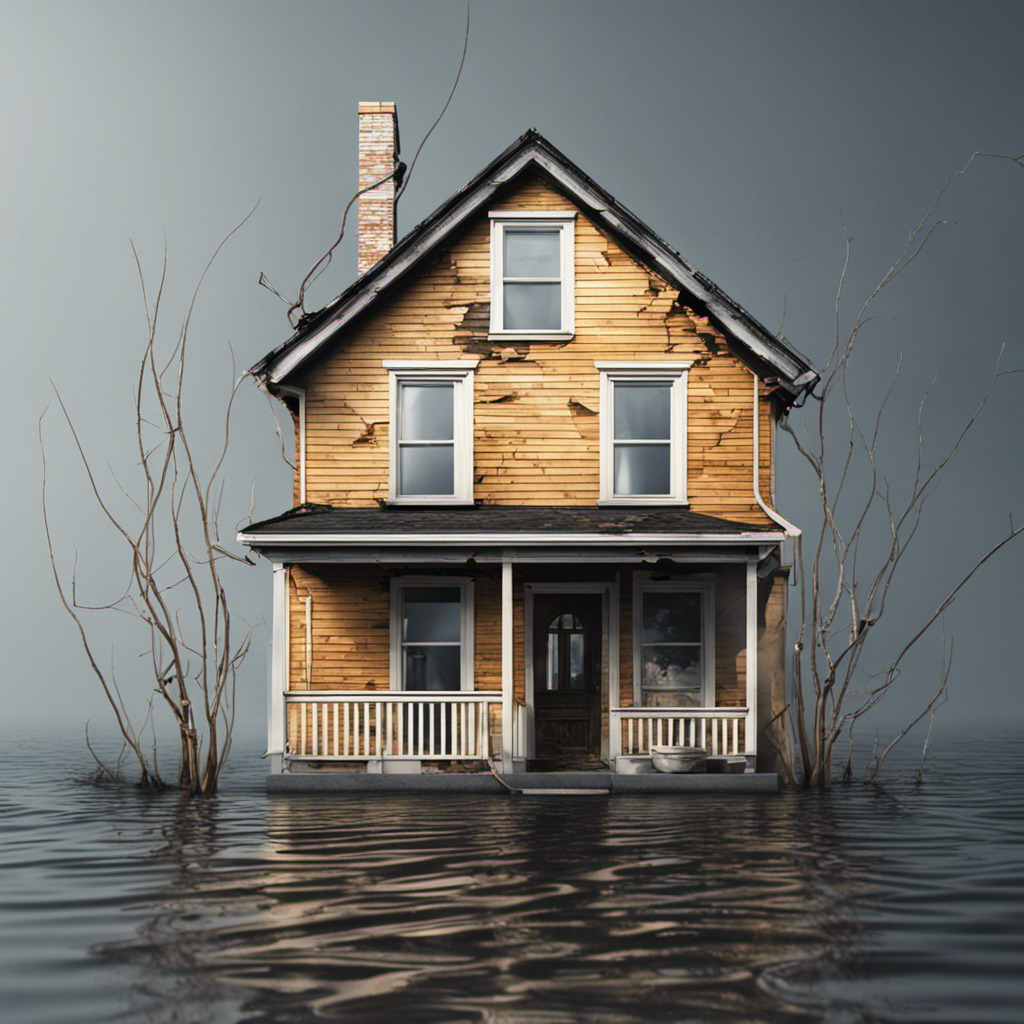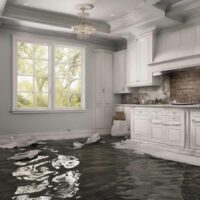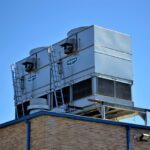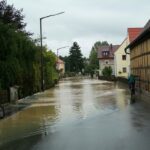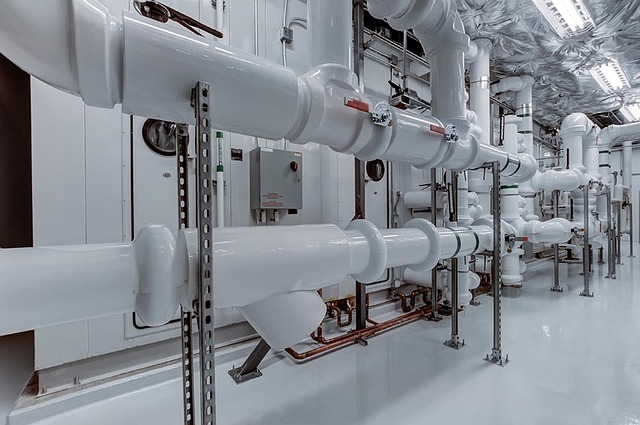
In the aftermath of water damage, one of the most critical areas to address is your plumbing system. Whether it’s a burst pipe, a leaky fixture, or flooding, water can wreak havoc on your plumbing, leading to potential long-term issues if not handled promptly and effectively. This comprehensive guide aims to empower you with practical insights on “How to Dry Out Water-Damaged Plumbing.” We will explore a step-by-step process, providing you with the knowledge needed to salvage your plumbing and prevent further damage.
Understanding the signs of water-damaged plumbing is the first step towards effective recovery. Recognize the indications that your plumbing has been compromised, including water stains, mold growth, unusual odors, or a decrease in water pressure. Identifying these signs early allows you to take swift action and mitigate potential long-term damage.
See also our post on Water Damage Restoration Services, Rollingwood, TX
Immediate Actions to Minimize Damage
Assess the Source of Water
Determine the source of water damage, whether it’s from a burst pipe, a leaking appliance, or a flooded area. Identifying the origin helps in addressing the root cause and preventing further water ingress.
Turn Off the Water Supply
As soon as you notice water damage, turn off the main water supply to your home. This halts the flow of water and prevents additional damage to your plumbing and property. Locate the shut-off valve and act swiftly.
Remove Standing Water
Swiftly remove any standing water using towels, mops, or a wet/dry vacuum. Standing water can exacerbate damage and lead to mold growth, so prompt removal is crucial in minimizing the impact.
Open Windows and Doors
Promote ventilation by opening windows and doors. Increased airflow aids in drying out the affected areas and prevents the buildup of moisture, which can contribute to further damage and mold growth.
Disconnect Power Sources
If water has reached electrical outlets or appliances, disconnect power sources immediately. Water and electricity are a dangerous combination, and taking this precautionary step minimizes the risk of electrical hazards.
Assessing the Extent of Damage
Inspect Visible Plumbing Components
Examine visible plumbing components for signs of damage. Look for cracks, corrosion, or discoloration in pipes, joints, and fixtures. Identifying visible damage helps in planning targeted repairs.
Check for Hidden Damage
Investigate hidden areas, such as behind walls or under flooring, for potential concealed damage. Use moisture meters or infrared cameras to detect hidden water pockets that may lead to structural issues or mold growth.
Evaluate Water Quality
Assess the quality of the water that caused the damage. If the water is contaminated (e.g., from sewage backup), extra precautions and sanitation measures are necessary during the drying-out process.
Measure Humidity Levels
Monitor humidity levels in the affected areas. Excessive humidity can impede the drying process and contribute to mold growth. Use dehumidifiers to maintain optimal humidity levels for effective drying.
Document the Damage
Keep a detailed record of the damage through photographs or videos. This documentation is valuable for insurance claims and aids in communicating the extent of the damage to professionals if needed.
See also our post on Top Water Damage Restoration Procedure
Drying Out Plumbing Components
Use Air Movers
Deploy air movers strategically to enhance air circulation and speed up the drying process. Position them to target specific areas, such as walls, ceilings, and floors, ensuring thorough drying.
Employ Dehumidifiers
Utilize dehumidifiers to extract excess moisture from the air. Dehumidifiers are instrumental in preventing the proliferation of mold and ensuring a comprehensive drying-out process.
Remove Damaged Insulation
If insulation has absorbed water, it must be removed promptly. Wet insulation loses its effectiveness and can harbor mold. Replace damaged insulation to maintain the efficiency of your plumbing system.
Ventilate Enclosed Spaces
Ensure proper ventilation in enclosed spaces, such as crawl spaces or cabinets. Use fans or open doors to facilitate air circulation, preventing stagnation and promoting a faster drying process.
Monitor Progress
Regularly monitor the progress of the drying-out process. Check for residual moisture, especially in hard-to-reach areas, to prevent the persistence of damp conditions that can lead to further damage.
Cleaning and Disinfecting
Disinfect Plumbing Components
After drying out, disinfect plumbing components to eliminate any potential contaminants. Use appropriate disinfectants to ensure the sanitary condition of your plumbing system.
Clean Affected Areas
Thoroughly clean the affected areas to remove any dirt, debris, or residue left behind by the water. Cleaning contributes to a healthier environment and prevents potential issues in the future.
Inspect and Clean Drains
Inspect and clean drains to ensure unobstructed water flow. Debris carried by the water may accumulate in drains, leading to clogs or sluggish drainage.
Sanitize Affected Surfaces
Sanitize surfaces that came into contact with the water. This includes countertops, floors, and any other surfaces that may have been exposed. Proper sanitization is crucial for preventing bacterial growth.
Consider Professional Cleaning Services
For extensive water damage, consider hiring professional cleaning services. Professionals have the expertise and equipment to ensure a thorough cleaning and disinfection process.
Addressing Repairs and Replacements
Repairing Visible Damage
Address visible damage promptly by repairing or replacing damaged plumbing components. This may involve fixing leaks, replacing pipes, or repairing fixtures that have suffered water damage.
Inspecting Water Heater and Appliances
Inspect the water heater and appliances for any damage. Water heaters and electrical appliances may need professional assessment and repair to ensure safety and functionality.
Testing Water Quality
After repairs, test the water quality to ensure it meets safety standards. Contaminated water can pose health risks, and regular testing is essential for maintaining the integrity of your plumbing system.
Considering Preventive Measures
Implement preventive measures to avoid future water damage. This may include insulating pipes, installing leak detectors, and regularly maintaining your plumbing system to prevent potential issues.
Seeking Professional Assessment
If in doubt, seek a professional assessment of your plumbing system. Professionals can identify hidden issues, ensure thorough repairs, and provide guidance on preventive measures to protect against future water damage.
See also our post on A Comprehensive Guide to Dealing with Water Damage in Beachfront Properties
Preventive Strategies for the Future
Insulating Pipes
Insulate pipes to protect them from temperature fluctuations and potential freezing. Proper insulation helps prevent pipe bursts, a common cause of water damage.
Regular Plumbing Maintenance
Engage in regular plumbing maintenance to identify and address potential issues before they escalate. Routine inspections and maintenance contribute to a healthier and more resilient plumbing system.
Installing Leak Detection Devices
Install leak detection devices to alert you to potential leaks before they become major issues. Early detection allows for prompt intervention and prevents extensive water damage.
Securing Basement and Foundation
Ensure proper sealing and waterproofing of basements and foundations. A well-protected foundation minimizes the risk of water seepage, reducing the potential for plumbing damage.
Educating Household Members
Educate household members about water conservation and responsible water usage. Being mindful of water usage helps reduce the risk of plumbing issues and water damage.
Conclusion
After water damage to your plumbing, you need to take a strategic and all-encompassing approach to guarantee a complete drying-out process and avoid future problems. You can save your plumbing and strengthen it against future water-related problems by being aware of the signs of damage, acting quickly, determining the extent of the damage, using efficient drying-out techniques, cleaning and disinfecting, fixing repairs, and putting preventive strategies into place. Always remember that being proactive and acting promptly is the key to protecting the integrity of your plumbing system and keeping your home safe and functional.
